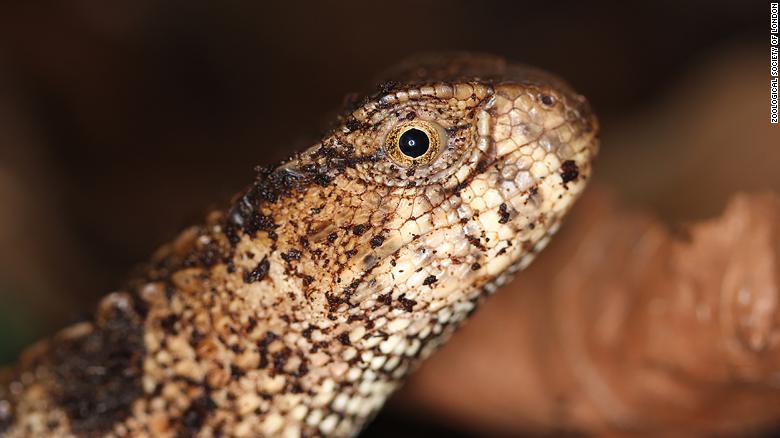Extreme weather presents an even bigger threat when economies are crashing and ordinary people are stretched to their limits.

Credit…Ben Curtis/Associated Press
The hits came this week in rapid succession: A cyclone slammed into the Indian megacity of Kolkata, pounding rains breached two dams in the Midwestern United States, and on Thursday came warning that the Atlantic hurricane season could be severe.
It all served as a reminder that the coronavirus pandemic, which has killed 325,000 people so far, is colliding with another global menace: a fast-heating planet that acutely threatens millions of people, especially the world’s poor.
Climate change makes extreme weather events more frequent and more intense. Now, because of the pandemic, they come at a time when national economies are crashing and ordinary people are stretched to their limits.
Relief organizations working in eastern India and Bangladesh, for instance, say the lockdown had already forced people to rely on food aid by the time the storm, Cyclone Amphan, hit. Then, the high winds and heavy rains ruined newly sown crops that were meant to feed communities through next season. “People have nothing to fall back on,” Pankaj Anand, a director at Oxfam India, said in a statement Thursday.
The worst may be yet to come.
Several other climate hazards are looming, as the coronavirus unspools its long tail around the world. They include the prospect of heat waves in Europe and South Asia, wildfires from the western United States to Europe to Australia, and water scarcity in South America and Southern Africa, where a persistent drought is already deepening hunger.
And then there’s the locusts. Locusts.
Abnormally heavy rains last year, which scientists say were made more likely by the long-term warming of the Indian Ocean, a hallmark of climate change, have exacerbated a locust infestation across eastern Africa. Higher temperatures make it more inviting for locusts to spread to places where the climate wasn’t as suitable before — and in turn, destroy vast swaths of farmland and pasture for some of the poorest people on the planet.
The impacts will not be equal, though, they added. They stand to exacerbate longstanding inequities, the experts said, and “put specific populations at heightened risk and compromise recovery.”

All those extreme weather hazards are made more frequent and intense by the accumulation of greenhouse gases in the atmosphere, which drives up temperatures on land and in the sea.
The lockdowns around the world have resulted in a sharp drop in greenhouse gas emissions, but the decline has been nowhere near enough to shake loose the thick blanket of gases that already wraps the planet.
And even if lockdown measures continued for the next several months, global carbon emissions would drop by between 4 to 8 percent from last year, according to a range of projections carried out by researchers, the latest of them published in Nature Climate Change last week. As punishing as that could be, socially and economically, it would not make a dent in overall warming trends.
The impact of the accumulated warming is already felt by those who were in the eye of Cyclone Amphan this week: those who live in the delta regions of eastern India and Bangladesh, and who are at the mercy of intensifying heat waves, sea level rise, storm surges and super cyclones like this one.
In rural Bangladesh, for example, the storm punched through embankments. Seawater ate the paddy fields. Mud and thatch homes collapsed.
Traditional ways of coping during storms are now more dangerous, too. Evacuating people to cyclone shelters has saved hundreds of thousands of lives in past storms, but aid workers now worry that the virus could spread quickly in shelters.
In India, the city of Kolkata, which was pummeled by the cyclone, is repeatedly cited as one of the most vulnerable to the cumulative effects of climate change, all the more so because of poor urban planning. Its 14 million residents live cheek by jowl, and hunger still stalks many of them.
The United Nations Development Program this week warned that global human development, which takes into account education, health and living standards, was set to decline this year “for the first time since the concept of human development was introduced in 1990.”
The extreme weather events of the last few days, coming on top of the coronavirus pandemic, throw into sharp relief, said Corinne Le Quéré, a climate scientist at the University of East Anglia in England, the perils of underestimating the impact of compounding risks.
Economic recovery policies that governments enact after the pandemic lifts, she said, would impact the trajectory of emissions for decades to come.
“Reconstruction post Covid-19 should be shaped in a way that reduces our vulnerability,” she said. “That means both to prepare for extreme climatic risks, and to reduce emissions that underpin the climatic risks.”
SOURCE
 Somini Sengupta is an international climate correspondent. She has also covered the Middle East, West Africa and South Asia for The Times and received the 2003 George Polk Award for her work in Congo, Liberia and other conflict zones. @SominiSengupta • Facebook
Somini Sengupta is an international climate correspondent. She has also covered the Middle East, West Africa and South Asia for The Times and received the 2003 George Polk Award for her work in Congo, Liberia and other conflict zones. @SominiSengupta • Facebook





/cloudfront-us-east-1.images.arcpublishing.com/tgam/JVEMQWXCK5IPBASYTVCA7LKDZY.jpg)





/https://www.thestar.com/content/dam/thestar/opinion/2020/05/24/mostly-white-covidiots-at-trinity-bellwoods-think-the-rules-dont-apply-to-them-theyre-right/saturday.jpg)




